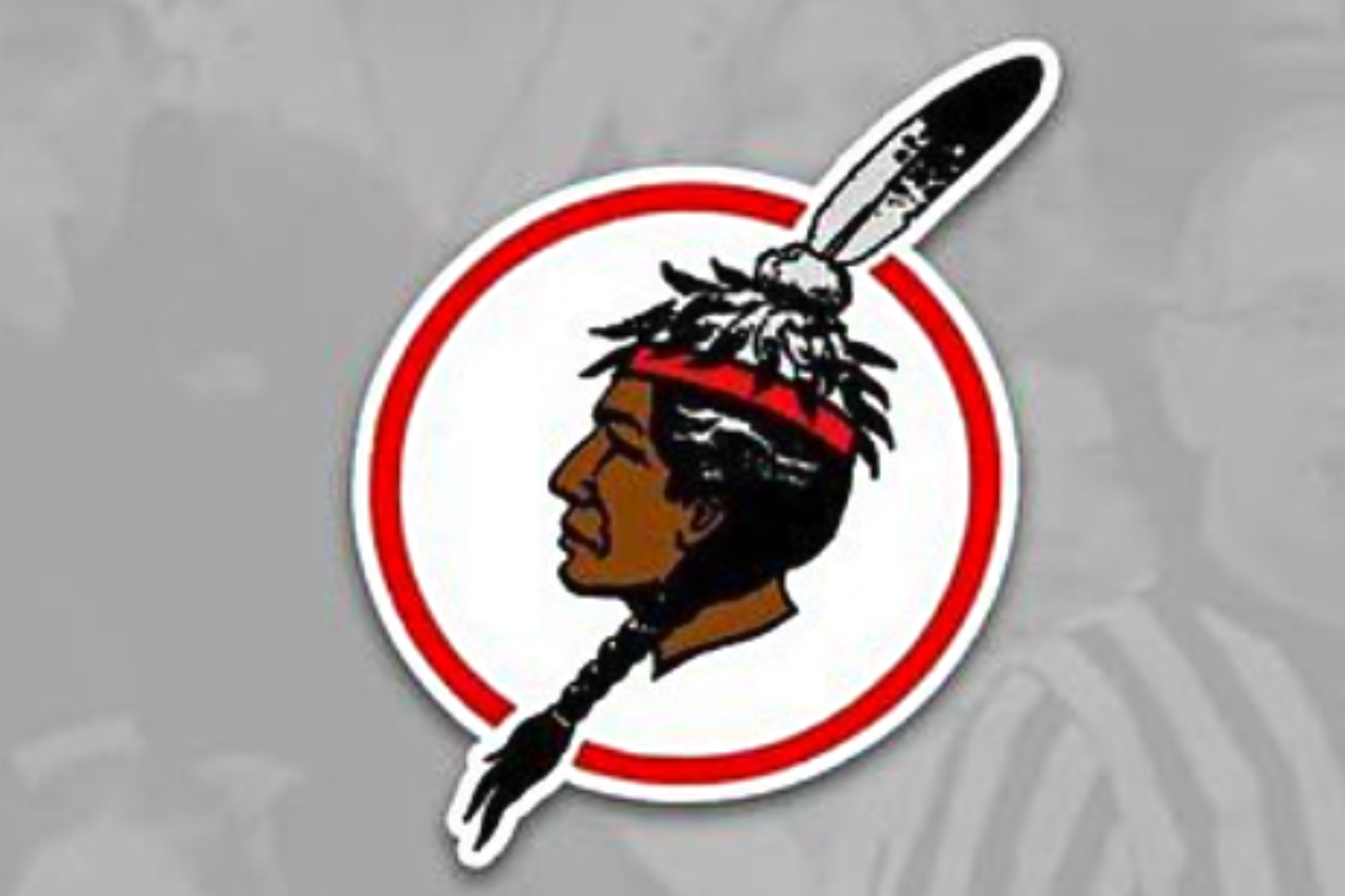
- Details
- By Darren Thompson
SALAMANCA, NY —The Seneca Indian Nation gave approval yesterday to allow a local public school district on their land to continue to use its “Warriors” name and imagery.
The approval comes a month after the New York Board of Regents voted to ban public schools across the state from using Native or Indigenous nicknames, and imagery unless schools receive written approval from any of the state’s federally recognized tribes.
“The regulations recently approved by the New York State Board of Regents and our history of co-existence with Salamanca gave us much to consider,” said Seneca Indian Nation President Rickey Armstrong, Sr. in a statement on Wednesday. “Respect for Native people and our history should always be the expectation, not the exception — in the classroom, on the athletic field, and in society.
While the regulations provide an avenue for agreements between Districts and Native Nations, it is our belief that any such agreements should be rare, limited, and used only in unique circumstances."
Seneca Indian Nation President Rickey Armstrong Sr. cited that nearly 40% of Salamanca’s students in the district are members of the Seneca Nation. Salamanca is the only city in the country that is built on land leased from an Indian Reservation.
Salamanca’s School District’s Superintended Dr. Mark D. Beehler said that the district values its relationship with the Seneca Nation of Indians and will soon launch a district-wide curriculum to teach the meaning and history of the name and logo.
“It is our hope these resources will educate and contribute to the eradication of stereotypes and misunderstandings that lead to bias and racism,” Beehler said in a statement.
New York is one of several states that have taken action to prohibit public schools from using Native American or Indigenous names and imagery without permission from a Tribe, including Oregon, Washington, and Connecticut.
According to the National Congress of American Indians, which maintains a database of the number of schools that use Native American-themed mascots and imagery, 1,901 total schools in 966 school districts continue to use Native-themed mascots and imagery.
There has been a decades-long push to rid the use of Native-themed mascots. In July 2020, Native News Online reported that the NFL’s Washington team changed its team name, the “Redskins,” after its owner, Mark Snyder, vowed he would never change its name. The team eventually changed its name to the “Commanders” in 2022. Leaders and organizations rejoiced about the name changes but continue to urge other organizations to rid their use of Native-themed names and mascots.
During Super Bowl LVII at State Farm Stadium in Glendale, Ariz., which highlighted Native culture, nearly 100 Native people protested to demand that the Kansas City Chiefs rid the use of its name. There were reports that protesters were mocked, belittled, and told to “go back to the Reservation.”
More Stories Like This
Native News Weekly (August 25, 2024): D.C. BriefsUS Presidents in Their Own Words Concerning American Indians
NDAA passes House; Lumbee Fairness Act Advances
NFL, Vikings to Host Native All-American Game, Youth Flag Clinic
Senate Committee on Indian Affairs Passes 12 Bills to Strengthen Tribal Communities
Help us defend tribal sovereignty.
At Native News Online, our mission is rooted in telling the stories that strengthen sovereignty and uplift Indigenous voices — not just at year’s end, but every single day.
Because of your generosity last year, we were able to keep our reporters on the ground in tribal communities, at national gatherings and in the halls of Congress — covering the issues that matter most to Indian Country: sovereignty, culture, education, health and economic opportunity.
That support sustained us through a tough year in 2025. Now, as we look to the year ahead, we need your help right now to ensure warrior journalism remains strong — reporting that defends tribal sovereignty, amplifies Native truth, and holds power accountable.
 The stakes couldn't be higher. Your support keeps Native voices heard, Native stories told and Native sovereignty defended.
The stakes couldn't be higher. Your support keeps Native voices heard, Native stories told and Native sovereignty defended.
Stand with Warrior Journalism today.
Levi Rickert (Potawatomi), Editor & Publisher

